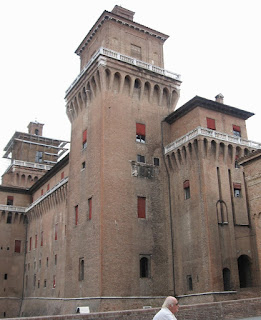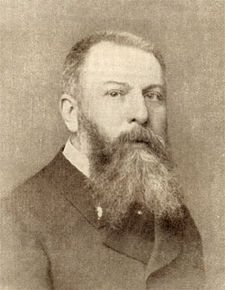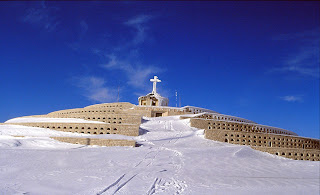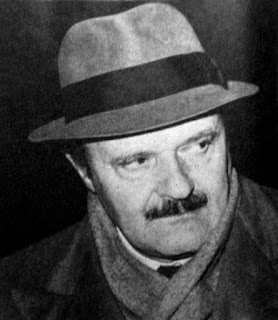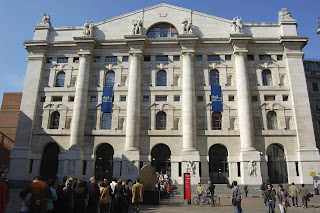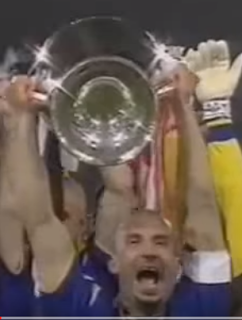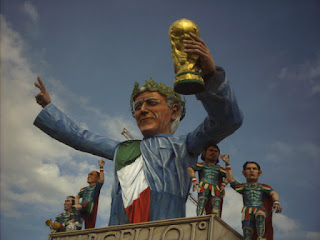Notorious blonde beauty inspired painters and poets
 |
| Bartolomeo Veneto's 1520 portrait of a courtesan is generally accepted as depicting Lucrezia Borgia |
A reputedly beautiful woman, she entered into arranged marriages to important men to advance her family’s political position and rumours have abounded about the fate of her first two husbands.
Macchiavelli wrote about the Borgia family in his book, The Prince, depicting Lucrezia as some kind of femme fatale and this characterisation of her, whether just or unjust, has lasted over the years, being reproduced in many works of art, books and films.
Lucrezia was born to Vannozza dei Cattanei, one of Rodrigo Borgia’s mistresses, and had three brothers, Cesare, Giovanni and Gioffre.
When she was just ten years old the first matrimonial arrangement was made on her behalf but was annulled after a few weeks in favour of a better match, which was also later called off. But after Rodrigo became Pope Alexander VI, he arranged for Lucrezia to marry Giovanni Sforza.
When the Pope needed a new, more advantageous, political alliance it is thought he may have ordered the execution of Giovanni, but Lucrezia was able to warn her husband and he fled to Rome.
The marriage was eventually annulled and Lucrezia was then married to Alfonso of Aragon, who was murdered two years later.
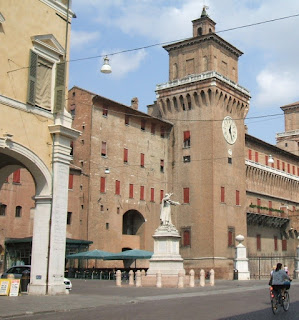 |
| The Castello Estense, where Lucrezia Borgia lived is right at the centre of the town of Ferrara |
During her relationship with the poet, Pietro Bembo, they exchanged love letters, which are now in the collection of the Biblioteca Ambrosiana in Milan. Byron called them ‘the prettiest love letters in the world’ when he saw them there in 1816 and also claimed to have managed to steal part of a lock of Lucrezia’s hair that was on display with them.
Lucrezia has been described as having heavy, long, blonde hair, a good complexion, hazel eyes and a graceful figure.
Rumours that she was involved in incest and possessed a hollow ring, which she used to poison men’s drinks, have never been substantiated.
After the birth of her last child to Alfonso I in 1519, Lucrezia became seriously ill and died at the age of 39 in Ferrara
.
Her surviving children went on to make good marriages and many royal and notable people today can claim Lucrezia Borgia as an ancestor.
Travel tip:
The Castello Estense in Ferrara, where Lucrezia Borgia lived after her marriage to Alfonso I d’Este, is a moated, brick-built castle in the centre of the city. It is open to the public every day from 9.30 till 5.30 pm, apart from certain times of the year when it is closed on Mondays. For more details and ticket prices visit www.castelloestense.it.
 |
| A lock of Lucrezia Borgia's hair is on display in a glass case at the Pinacoteca Ambrosiana |
The Pinacoteca Ambrosiana in Piazza Pio XI in Milan was established in 1618 to house paintings, drawing and statues donated to the Biblioteca Ambrosiana, a library founded in the same building a few years before. In addition to the works of art, the museum keeps curiosities such as the gloves Napoleon wore at Waterloo and a lock of Lucrezia Borgia’s hair, in front of which famous poets, such as Lord Byron and Gabriele D’Annunzio are reputed to have spent a lot of time drawing inspiration. Visit www.leonardo-ambrosiana.it for more information.
Home


